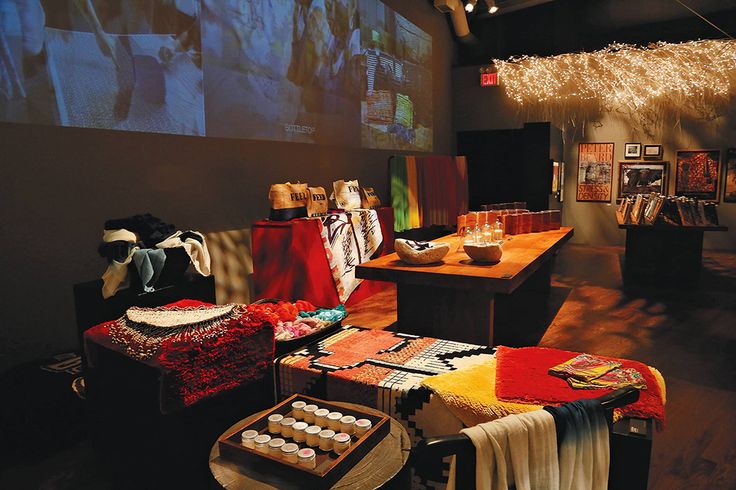As Fashion Week continues we can't get enough of fashion inspired blogs so this week we are taking a look back at the Metropolitan Museum of Art's China: Through the Looking Glass 2015 exhibition. Harold Koda, Director of the Costume Institute since 2000, is set to retire in the early part of next year and this is his last summer exhibition with the museum. Koda was first trained under Diana Vreeland when Vreeland was beginning to transform the institution from frumpy to chic. His successor will be Andrew Bolton who is best known for working on exhibits like Alexander McQueen: Savage Beauty, and PUNK: Chaos to Couture. Koda ended his reign on a high note - this exhibition broke the museum's record of attendance, a placement previously held by the Alexander McQueen: Savage Beauty exhibition.
Alexander McQueen
Jean Paul Gaultier
Through the Looking Glass explored the impact of Chinese aesthetics on Western fashion and China's impact on fashion's ongoing imagination. This exhibition was a collaboration between The Costume Institute and the Department of Asian Art and fashion pieces from designers such as Yves Saint Laurent, Roberto Cavalli, Givenchy and Tom Ford were shown. If you missed this one then you missed a great one, but not to worry - we put together a photo summary below!
Videos from Wong Kar Wai's lush drama In the Mood for Love and clips from various other films that incorporated visions of China through pop culture were showcased throughout the exhibit. Multiple mediums were also highlighted - high fashion juxtaposed with Chinese paintings, porcelains, cinema, and other art to reflect Chinese imagery. The fashions shown above are from the designers Tom Ford for Yves Saint Laurent and John Galliano for Dior.
“The show was about a fantasy, it really wasn’t about the real China, it was the China that exists as a collective fantasy.”
True to form, the Costume Institute did not shy away from using reflective surfaces, cinematic lighting, and winding corridors to immerse visitors into this fantasy world. Along with the costumes themselves, the visual appeal of the setting and effects is what makes these exhibitions come alive. The dresses shown above are by the Chinese Couturier Guo Pei and Givenchy.
Like the title, Through the Looking Glass, you really do feel as if you are falling into another realm made up of intoxicating aesthetics and mysterious shapes. This exhibition was the largest one to date for the Costume Institute, and we can't wait to see what they have up their sleeve for next year!




























































































































































































